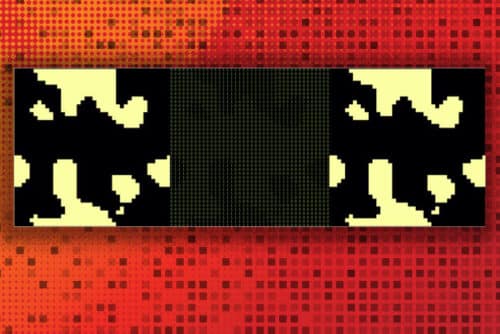Researchers design a new system that designs nanomaterials capable of conducting heat and converting waste heat to energy.
Computers work on switching of charge carriers which ultimately consumes and dissipates energy. A computer device generates a great deal of heat. To protect devices and increase their life there are several procedures and precautions but after a limit the precaution does not hold up.

Researchers at MIT have taken a different approach. They developed an algorithm and software system that can automatically design a nanoscale material that can conduct heat in a specific manner, such as channeling heat in only one direction. They designed a material that can conduct heat along a preferred direction (an effect known as thermal anisotropy) and a material that can efficiently convert heat into electricity.
Heat in semiconductors travels through vibrations. At the atomic scale, these waves of vibrations are captured into discrete packets of energy, known as phonons. And to control the heat researchers need to control these phonons. The materials they focused on are known as periodic nanostructures, which are made by a lattice of structures with an arbitrary shape. Changing the sizes or the arrangement of these structures may dramatically alter the thermal properties of the entire system.
“We borrowed a computational technique that was traditionally developed for structures like bridges. Imagine that we transform a material into a picture, and then we find the best pixel distribution that gives us the prescribed property,” says Romano.
The researchers devised a new technique, known as the transmission interpolation method, that enables these very complex equations to behave in a way that the algorithm can handle. With this method, the computer can smoothly and continuously deform the material distribution until it achieves the desired thermal properties, rather than trying each pixel one at a time.






